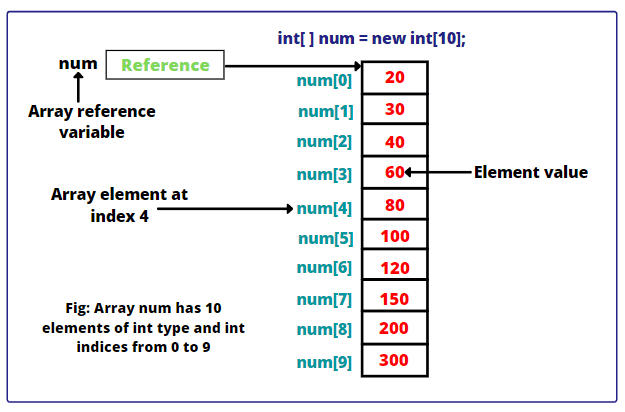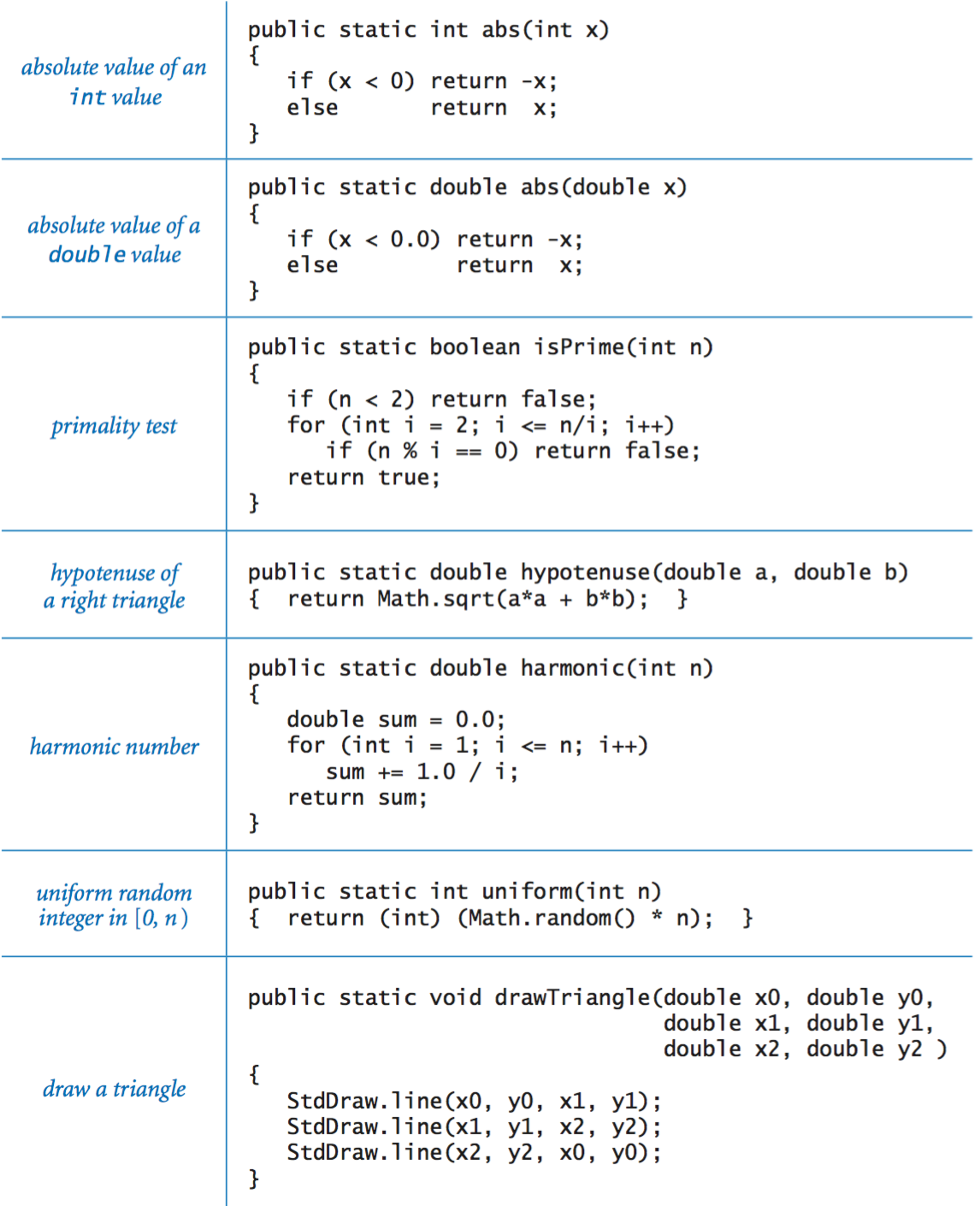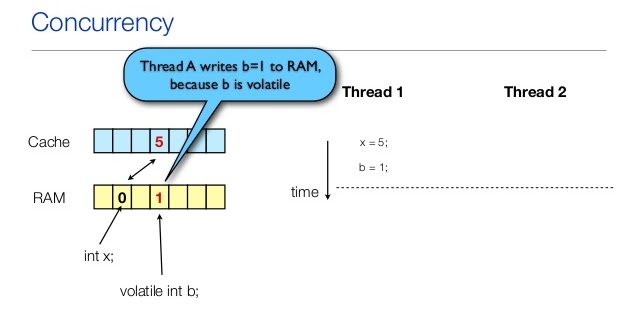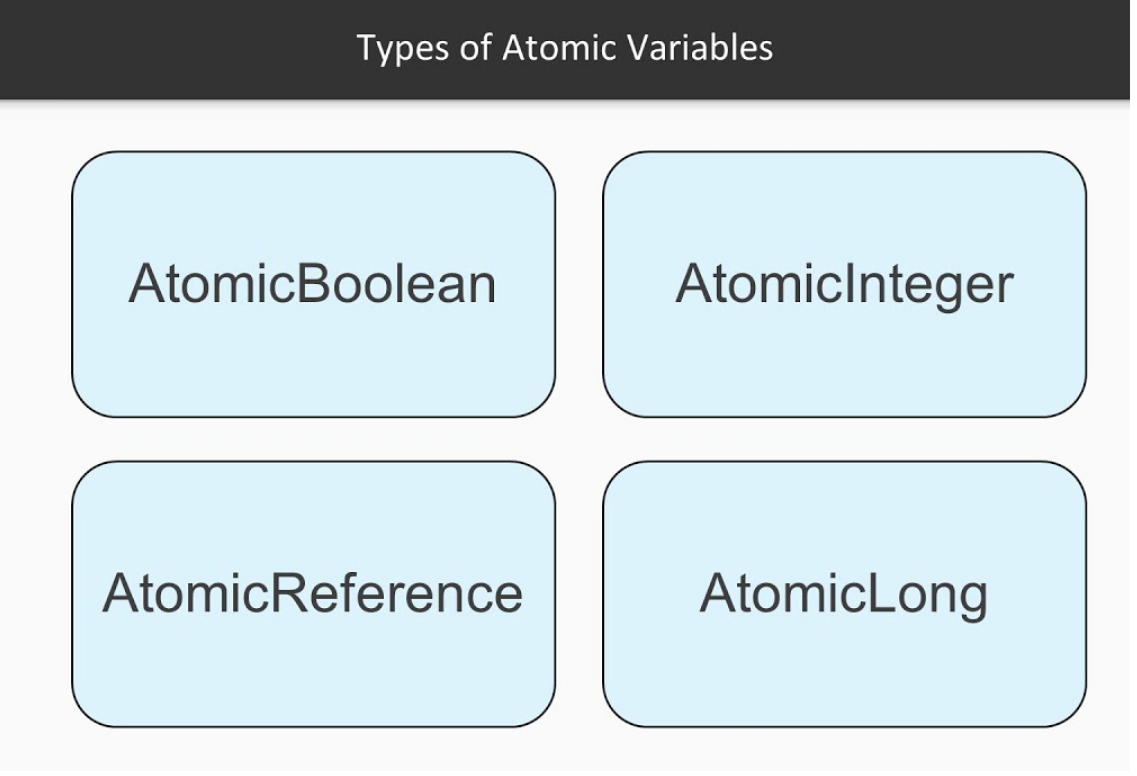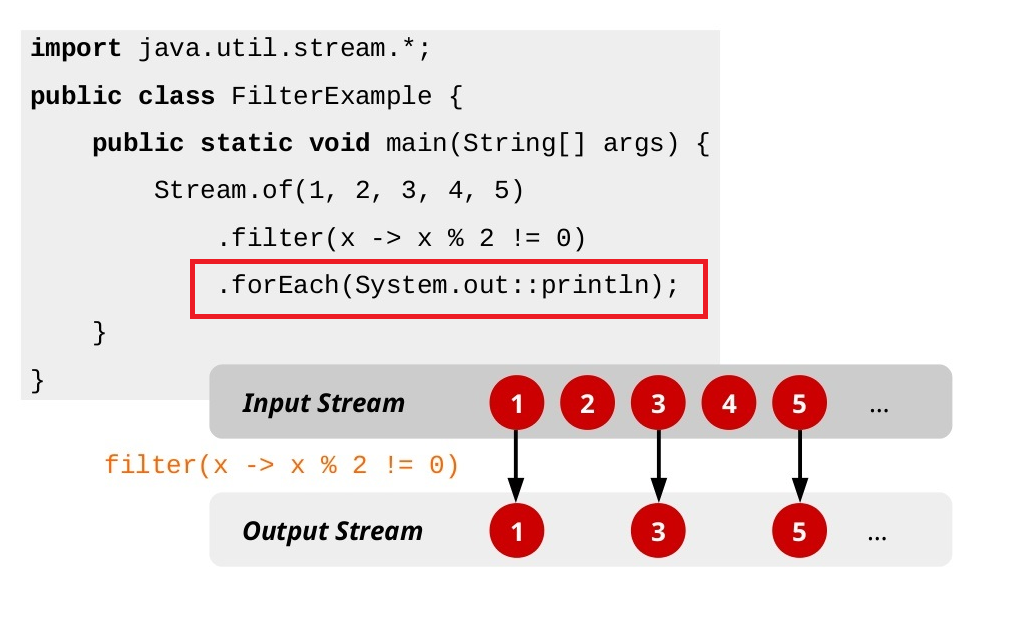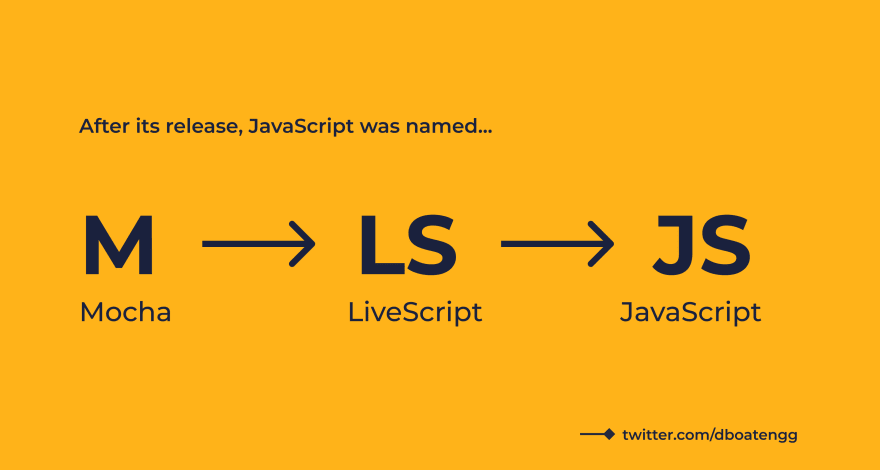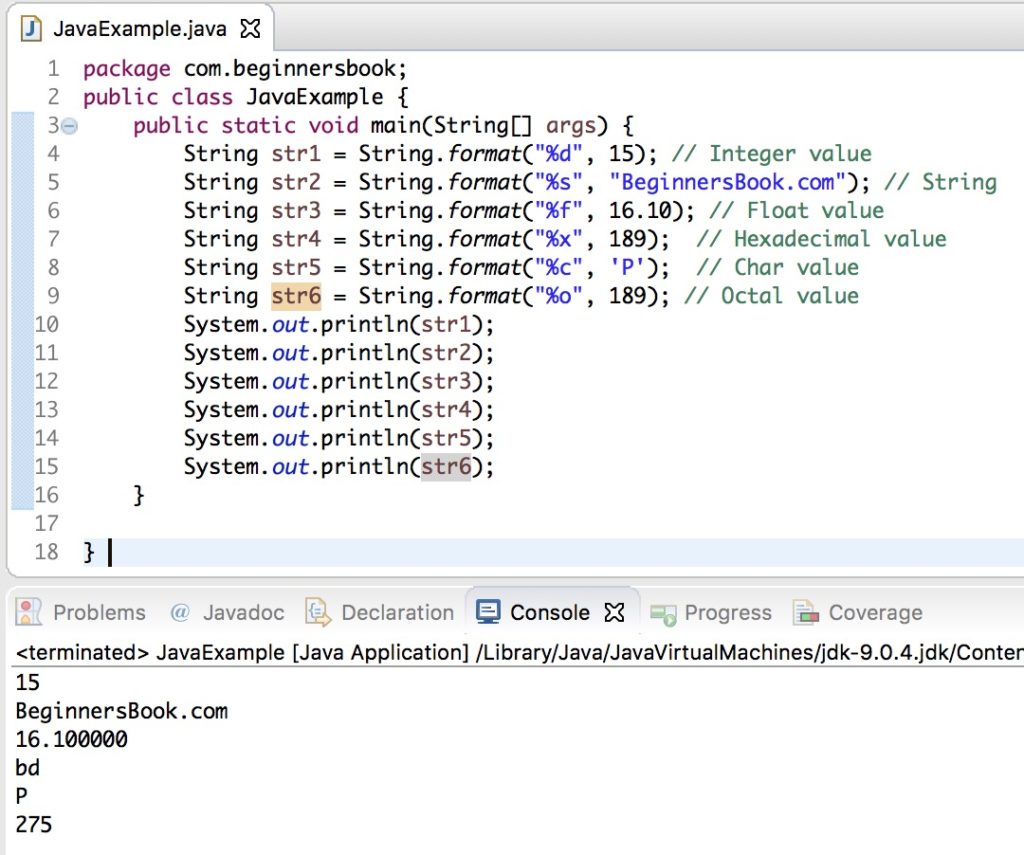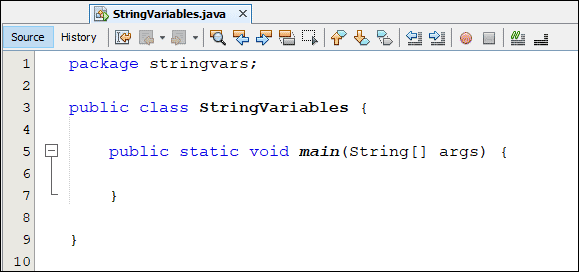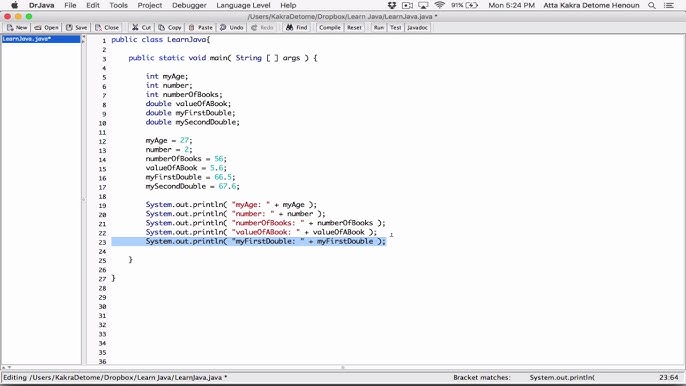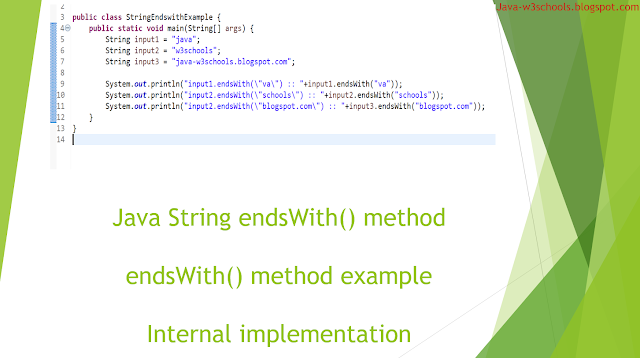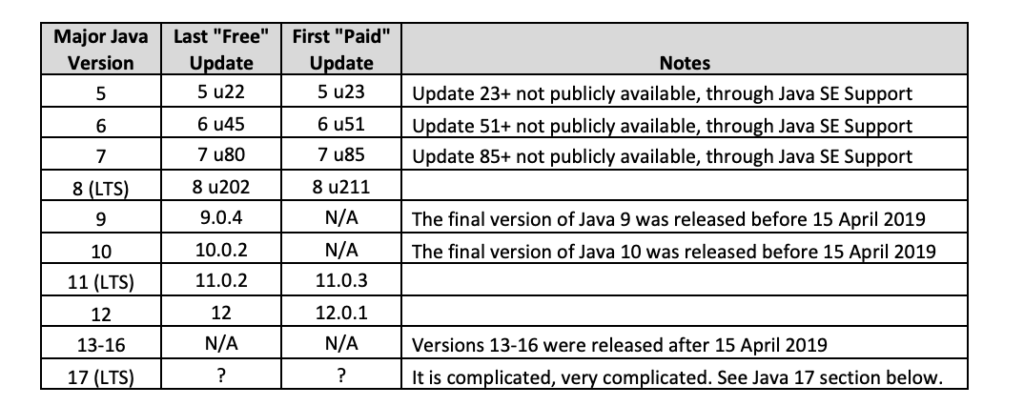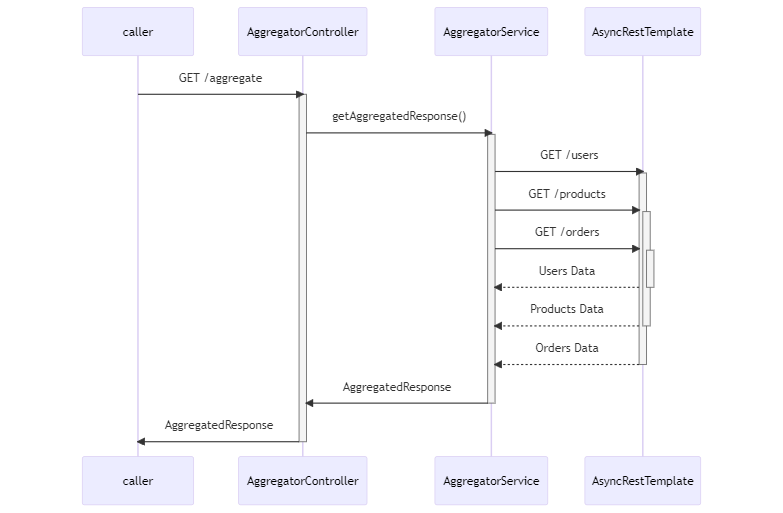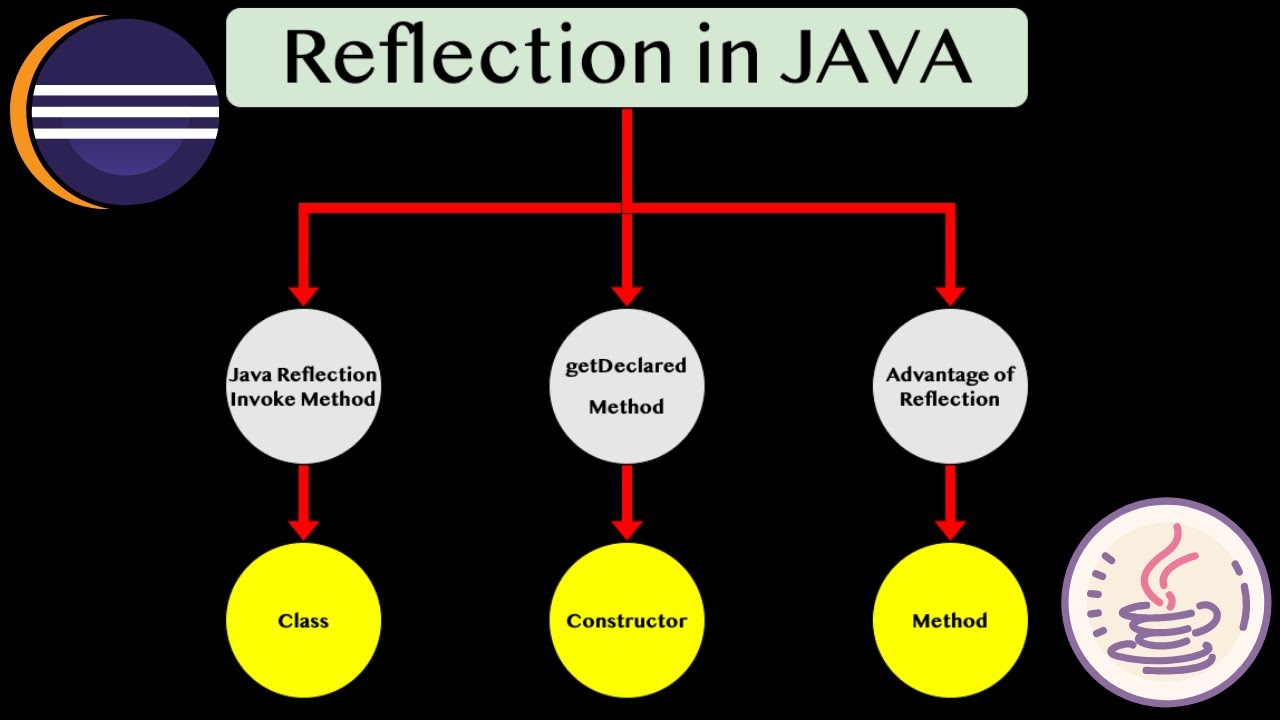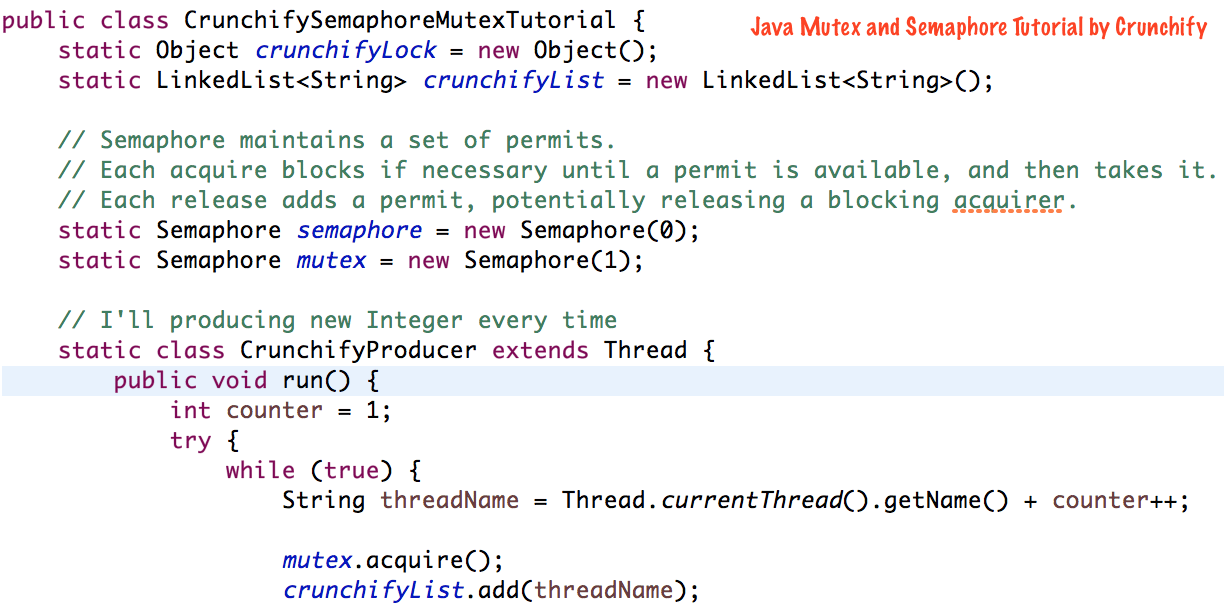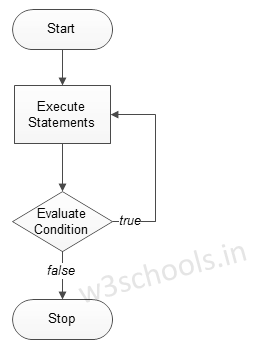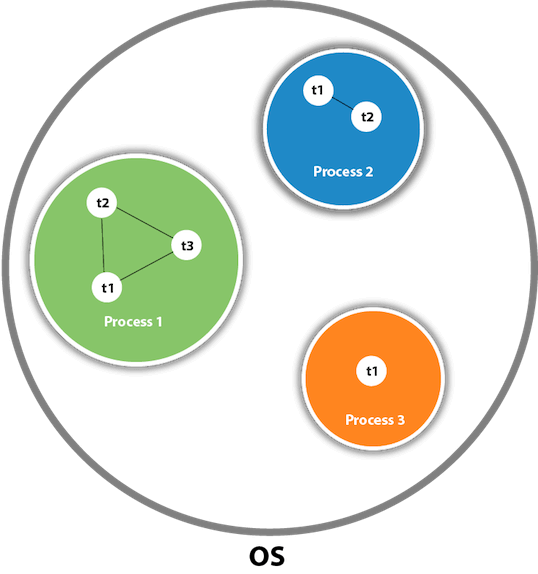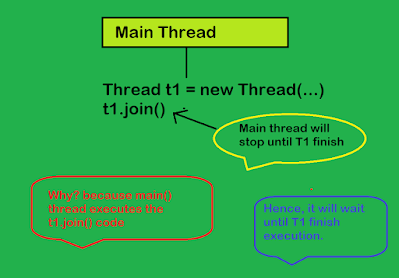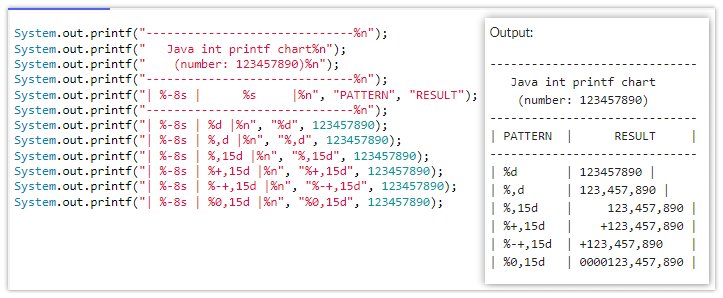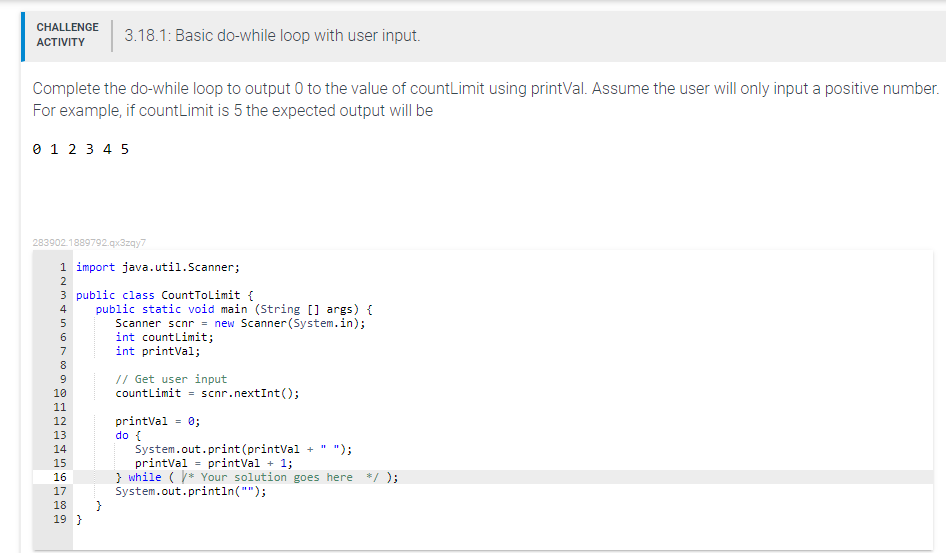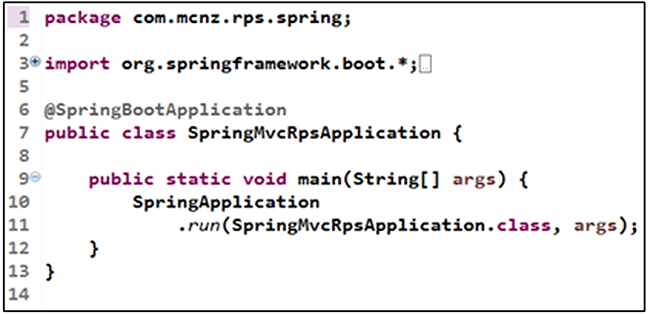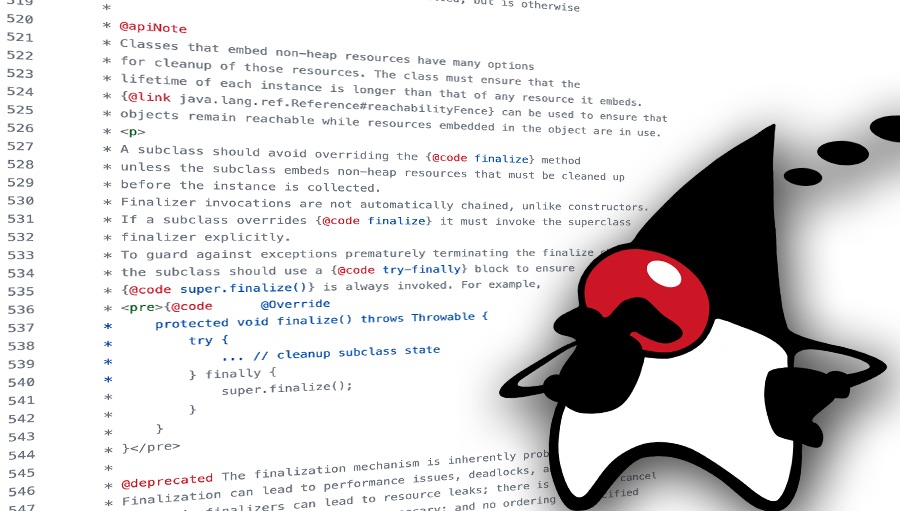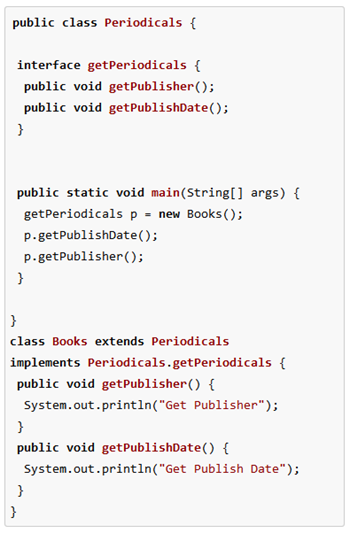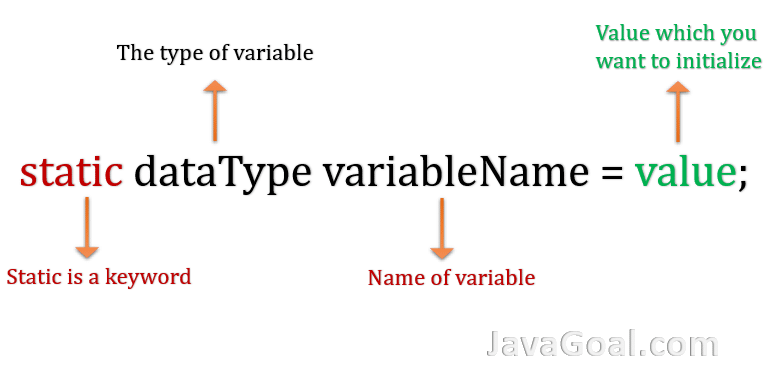What is the prototype pattern in java clone with example
What is the prototype pattern in java clone with example
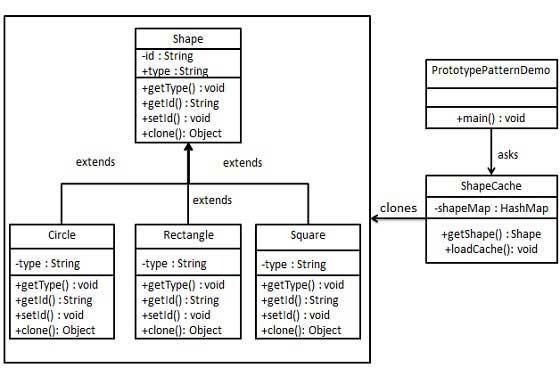
I'll respond in English for this specific request.
The Prototype Pattern in Java is a creational design pattern that creates a new object by copying an existing object's properties and behavior. It allows you to create a new instance of a class without specifying the class's constructors. This pattern is useful when the creation of objects would be costly (like setting up connections) or difficult.
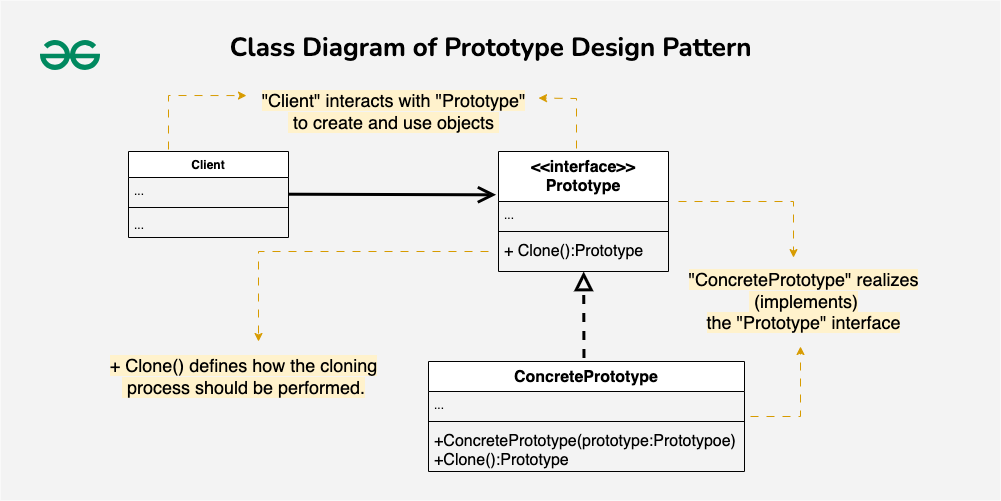
Here's a simple example of using the Prototype pattern in Java:
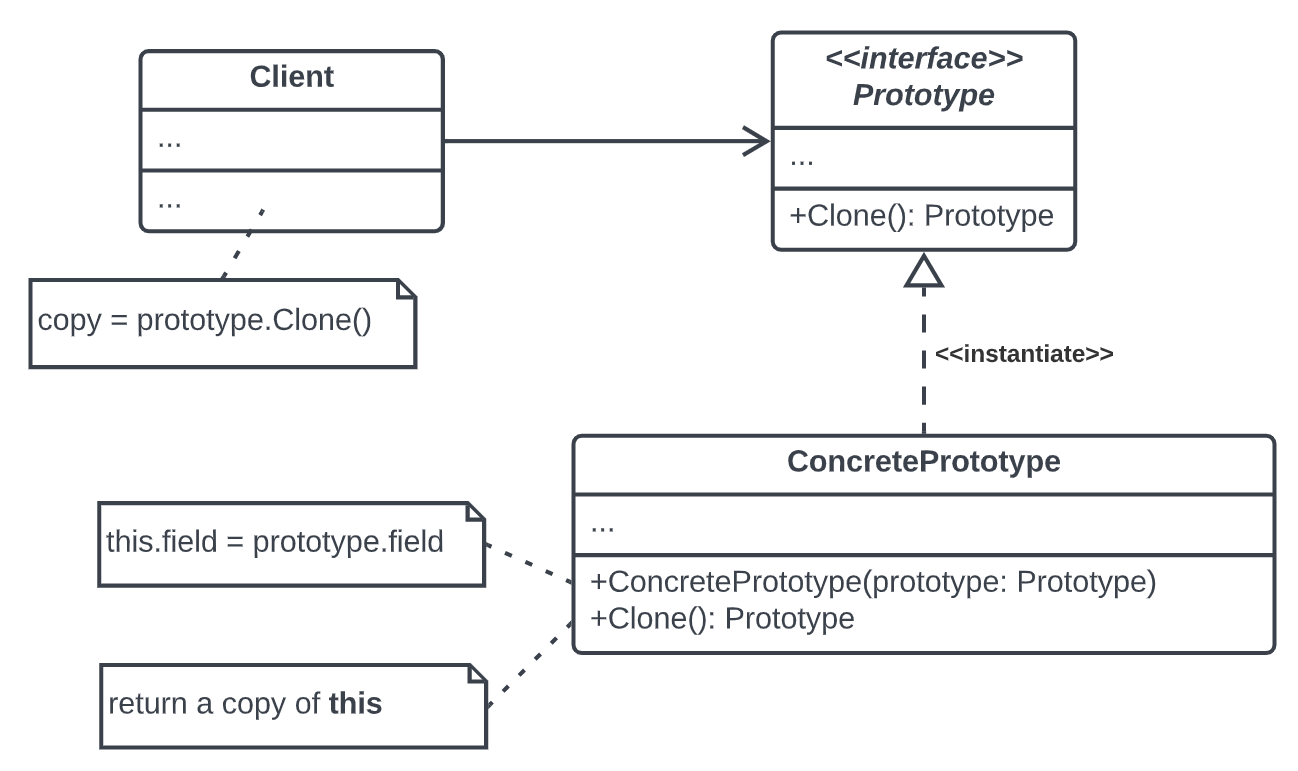
Let's say we have an animal class hierarchy with Animal, Mammal, and Bird classes. We want to clone these animals for further use, without specifying their constructors. Here's how you can implement it:
// Base class
public abstract class Animal implements Cloneable {
private String name;
public Animal(String name) {
this.name = name;
}
public String getName() {
return name;
}
}
// Concrete subclass - Mammal
public class Mammal extends Animal {
public Mammal(String name) {
super(name);
}
}
// Concrete subclass - Bird
public class Bird extends Animal {
public Bird(String name) {
super(name);
}
}
// Prototype creator class
public class AnimalPrototypeCreator {
private Map<String, Animal> prototypes;
public AnimalPrototypeCreator() {
this.prototypes = new HashMap<>();
prototypes.put("Mammal", new Mammal("Puppy"));
prototypes.put("Bird", new Bird("Parrot"));
}
public Animal clone(String type) throws CloneNotSupportedException {
return (Animal) prototypes.get(type).clone();
}
}
public class Main {
public static void main(String[] args) throws CloneNotSupportedException {
AnimalPrototypeCreator creator = new AnimalPrototypeCreator();
Mammal mammal1 = (Mammal) creator.clone("Mammal");
Bird bird1 = (Bird) creator.clone("Bird");
System.out.println("Mammal name: " + mammal1.getName());
System.out.println("Bird name: " + bird1.getName());
// We can further customize these objects...
}
}
In this example, we have a base class Animal that has an abstract method and implements the Cloneable interface. We then have two concrete subclasses - Mammal and Bird. These classes have their own constructors.
We also have a prototype creator class, AnimalPrototypeCreator, which maintains a map of prototypes (pre-initialized objects) for different types of animals. It uses these prototypes to create new instances using the clone() method provided by the Cloneable interface.
In the main class, we use this prototype creator to clone instances of mammals and birds. These cloned objects are then customized as needed.
This example demonstrates how you can leverage the Prototype pattern in Java to efficiently create complex objects without specifying their constructors or manually setting up their properties.
What is the prototype of clone method in Java?
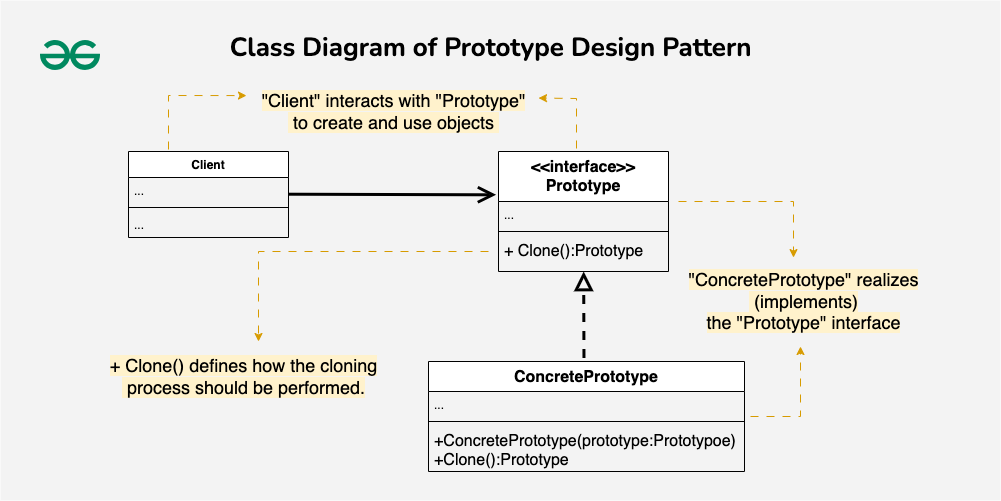
The clone() method in Java! It's a fundamental concept in object-oriented programming that allows you to create a copy or "clone" an existing object.
What is the Prototype Pattern?
Before diving into the clone() method, let's quickly review the Prototype pattern. This design pattern aims to create a new instance of a class by copying an existing object. The original object serves as a prototype, and the cloned object is essentially a duplicate of it. This technique is useful when you need to create multiple objects that have similar properties or states.
The clone() Method
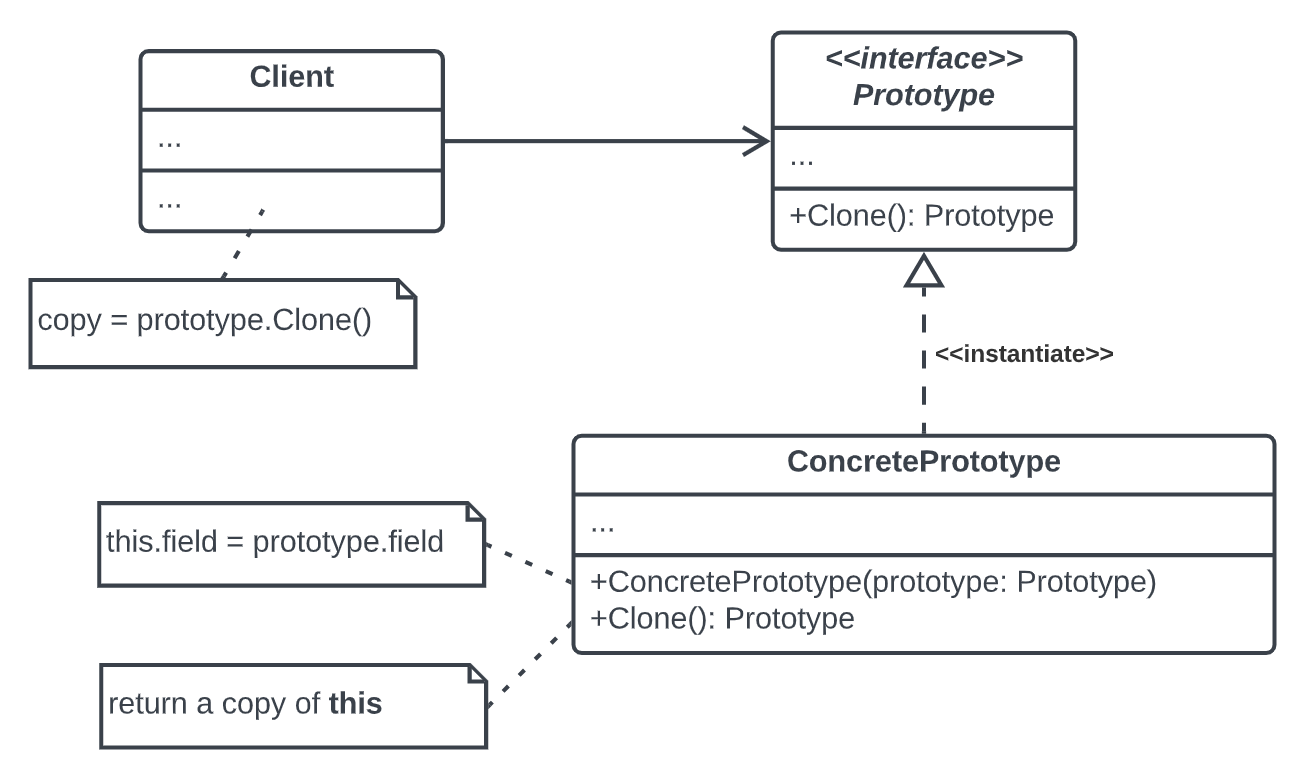
In Java, the clone() method is an instance method that creates a copy of an object. It's declared in the Object class and inherited by all other classes. The method returns a clone of the calling object.
Here's the signature:
public Object clone()
By default, this method uses the protected keyword, which means it can be overridden by subclasses. In fact, many classes that implement the Cloneable interface (more on that later) provide their own implementation of the clone() method.
How Does clone() Work?
When you call clone(), Java uses a combination of reflection and serialization to create the copy. Here's a high-level overview of what happens:
Important Considerations
When using clone(), keep these points in mind:
Cloneable Interface: To use clone(), your class must implement the Cloneable interface. This interface has a single method, also named clone() (yes, it's the same method!). Thread Safety: Because clone() uses reflection and serialization, it can be vulnerable to thread interference issues if not properly synchronized. Custom Implementation: If you need more control over the cloning process, your class may need to provide a custom implementation of clone().
Best Practices
When working with the clone() method in Java, follow these best practices:
Cloneable Interface Correctly: Implement the Cloneable interface correctly by providing your own clone() method if needed. Minimize Custom Implementation: Only implement a custom clone() method when you really need more control over the cloning process. Test Your Code Thoroughly: Make sure to thoroughly test your code, especially in multi-threaded environments.
In conclusion, Java's clone() method is a powerful tool for creating copies of objects. While it has its limitations and considerations, following best practices and understanding the underlying mechanics can help you master this fundamental concept in Java programming.
